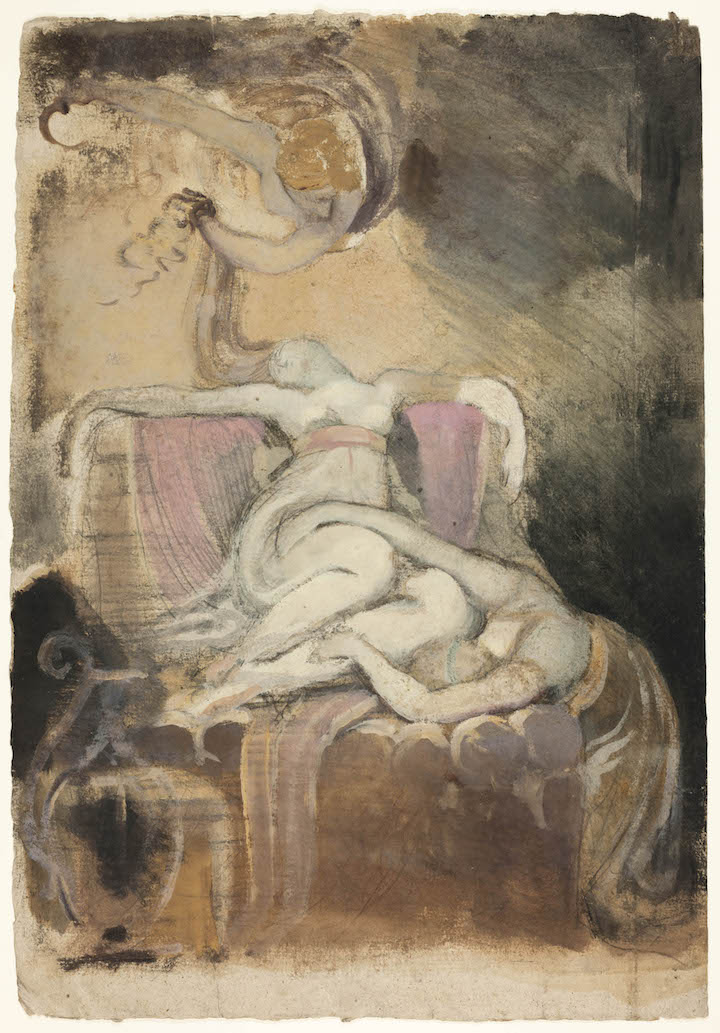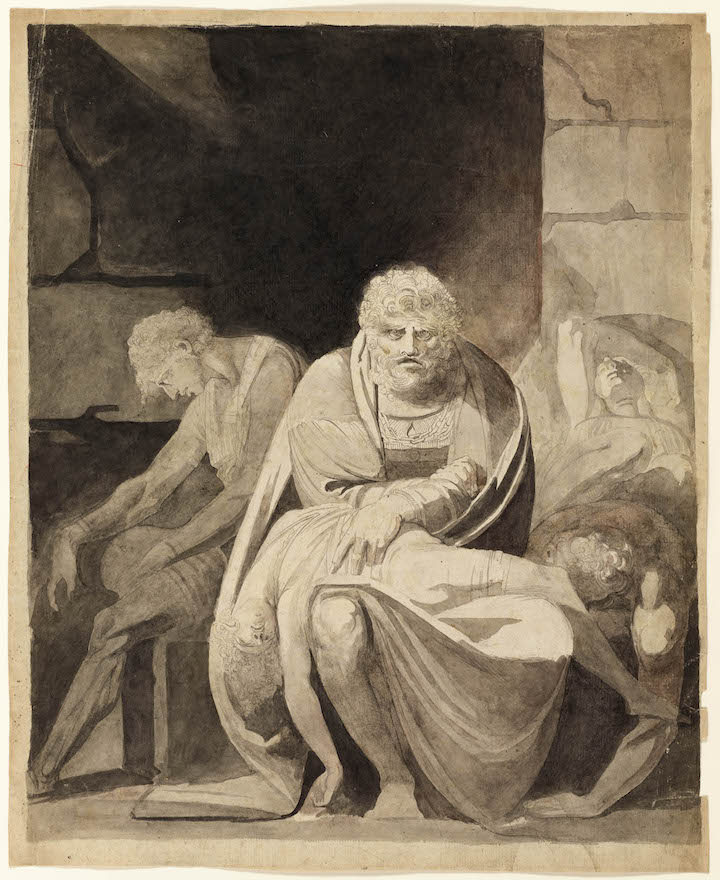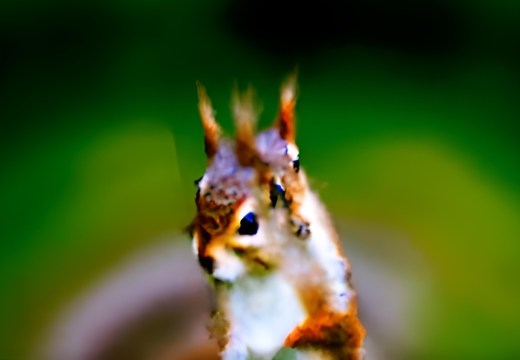A witness to political revolutions and radical aesthetic shifts, Henry Fuseli (1741–1825) forged a pictorial sensibility of his own, characterised by anatomical, gestural, and psychological extremes. Theatrical and often melodramatic, his drawings embraced obscure literary and historical subjects intended to elicit profound emotional response. While he worked in various media, Fuseli excelled at drawing. This medium was central to his practice – ranging from quick sketches to watercolours that often exceeded the ambitions of his oil paintings. The Art Institute is home to a remarkably rich collection of Fuseli’s surviving works, including large-scale drawings; smaller, less finished sketches; and significant paintings and prints. ‘Shockingly Mad’ considers drawing as an expressive means unto itself, paralleling the broader arc of Fuseli’s career as writer, painter, critic, and teacher. Find out more about the ‘Shockingly Mad’ exhibition from the Art Institute of Chicago’s website.
Preview the exhibition below | See Apollo’s Picks of the Week here

Milton Dictating to His Daughter (1794), Henry Fuseli. Courtesy of the Art Institute of Chicago

Study for Inquisition, Illustration to Columbiad (c. 1806), Henry Fuseli. Courtesy of the Art Institute of Chicago

Sketch for Dido on the Funeral Pyre (recto); Erotic Sketch of Man and Woman (verso) (c. 1781), Henry Fuseli. Courtesy of the Art Institute of Chicago

Ugolino and His Sons Starving to Death in the Tower (1806), Henry Fuseli. Courtesy of the Art Institute of Chicago

The Cave of Despair (c. 1769), Henry Fuseli. Courtesy of the Art Institute of Chicago











![Masterpiece [Re]discovery 2022. Photo: Ben Fisher Photography, courtesy of Masterpiece London](https://apollo-magazine.com/wp-content/uploads/2022/07/MPL2022_4263.jpg)
‘A revolutionary flame burned bright within him’: David Bindman (1940–2025)